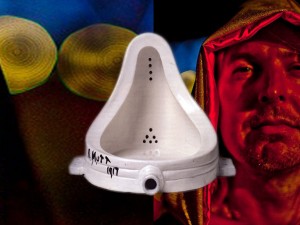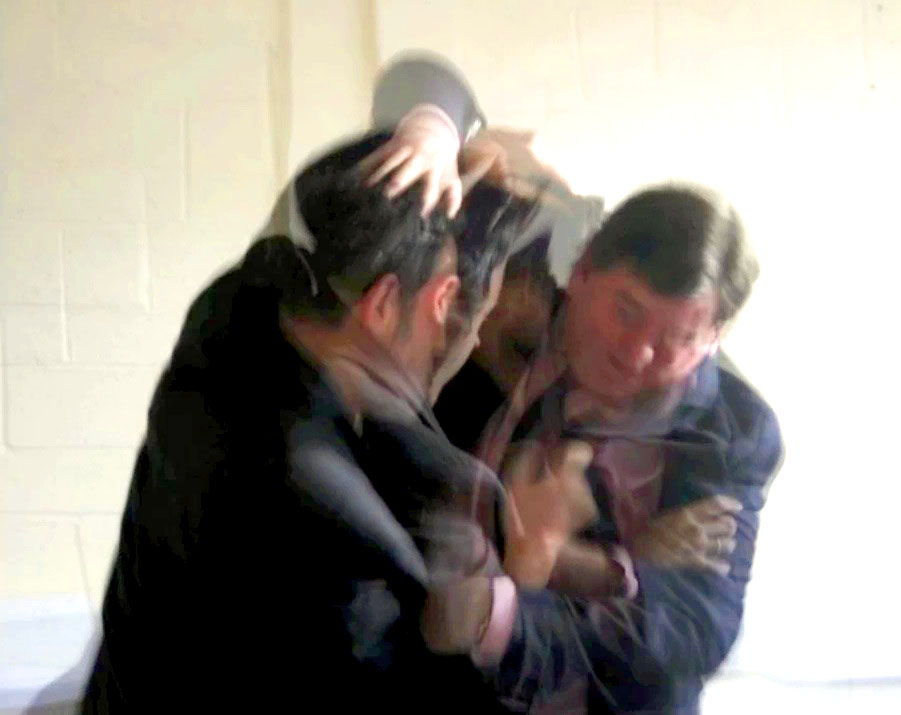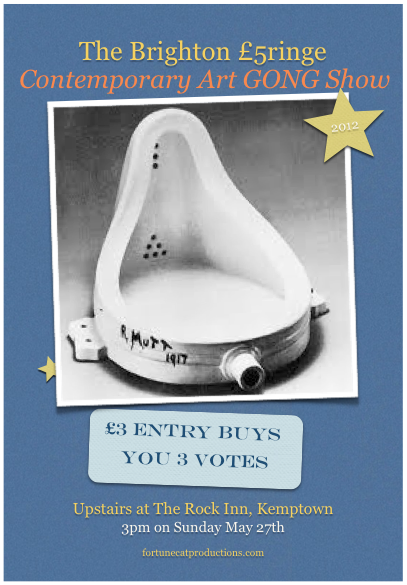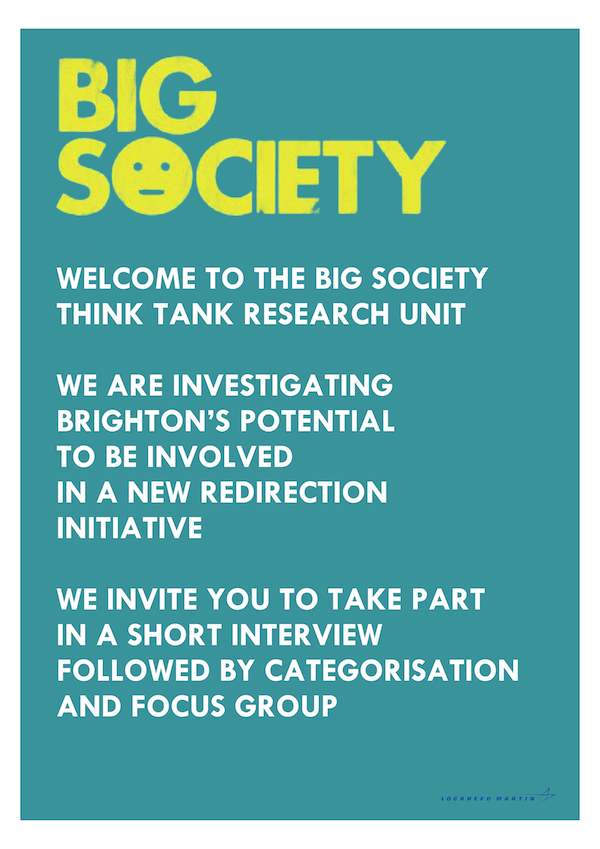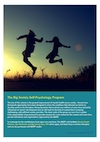Reposted, with permission, from Kay Johns‘ blog.
Interview with shardcore.
During this year’s 2011 Brighton Festival I went to see an exhibition at the Old Market called The Consciousness Engine by artist’s Shardcore and Sam Hewitt. I found this to be such a fascinating experience, it has left me thinking about consciousness, freedom and artificial life forms ever since.
KJ: Your video in the basement of the market place was made using generative software. Was there a reason to use generative software as part of the piece as a message within your work, or did you just use generative software as a process for making the work and it had no relevance to the actual work?
S: The use of a generative system was integral to the piece. It operates on two levels, firstly as representing one facet of conscious experience – that it is continuous, mutable experience (a feat which would either require a huge amount of scripting/editing without a generative system). Secondly, it allows for the content to appear as truly novel, just as in the conscious mind, no two moments are the same – we wanted to create a machine that, while bounded to the limits of the source content, could still produce new juxtapositions that we were unable to predict.
Looking more broadly, generative systems allow the artist to step away from the explicit form of the work, and into the realm of meta-creation – making the rules that govern the creative process, rather than explicitly creating the end piece itself. By loosening the grip on the end product, the artist is able to use the outcomes of a generative system to inform the manipulation of that system; the artist becomes a benevolent curator of the work, rather than the direct creator of the end product.
KJ: Would you say that as the artist you wanted to explore consciousness via an artificial source (the computer, core of the engine) using the process know as generative art to express and simulate existence of the natural world?
S: We wanted to explore consciousness, and that exists in a place beyond what is generally considered ‘the natural world’. So, in that sense, we were never aiming to create a naturalistic environment.
The generative nature of the system, for me, was far more about creating an experience in flux, just as the conscious mind is constantly in flux – it makes no sense to take a snapshot of a mind, it’s very nature is one of change – and that’s why it had to be a generative machine. I wanted the viewer to be an involved observer of a simulated mind, and for that, it was essential that it was constantly changing. If we had used a pre-composed, pre-recorded film, it would have been a different piece entirely.
In building the piece, I wanted to avoid existing AI paradigms and produce a purposefully (semi-controlled) chaotic system. AI generally concerns itself with simulation of specific parts of the human mind to appear ‘intelligent’ in a rather narrowly defined sense.
The Consciousness Engine exists not as an end-point, but as a symbiotic process between the machine and the viewer. The viewer needs to engage their conscious mind directly with the machine for the work to exist. When no one is observing it, it’s just a machine talking to itself in an empty room.
Conscious experience is primarily a constructive process – what you ‘experience’ of the world is mainly a projection of psychological expectations. With this piece I wanted to draw out the mind behind the expectations, the machine provided a method for doing this.
My hope was that the piece, along with the journey of installations before reaching the machine, would guide the viewer into a place where they were provoked to consider the nature of their own consciousness, and not simply assume the role of passive observer.
KJ: I found that the Core of the Engine (computer) related more to my subconscious mind. It felt like I was experiencing a dream filled full of random questions and different locations around Brighton, which were reminiscent of some of my own thoughts and memories. I’m curious was the core of the engine both the subconscious merged with the conscious mind?
S: The part of our mind that we live in, our wakeful consciousness, is but a small part of the machinations of our brains. Indeed, experiments show that the conscious mind is often ‘the last to know’ about what we, as individual functional entities, are doing.
So, rather than considering the subconscious in a Freudian way, I tend to see the conscious mind as a machine struggling to make sense of a series of events coming from both ‘external sources’ (what we see, hear, taste etc) and ‘internal sources’ (our memories, expectations and desires) – I guess you could consider the latter as ‘the subconscious’, but I tend to see them as an integrated system, with consciousness as the final layer.
It was important that the video sources used were of locations and events that may be familiar, this allows the piece to feel more like a mind like occupying a coherent space, and also to use these experiences to provoke memories and sensations in the viewer who may occupy a set of spaces and experiences.
The subconscious is generally seen as inaccessible, only visible via oblique projections, such as dream analysis. For this piece we wanted it to consider the direct conscious experience of the now.

